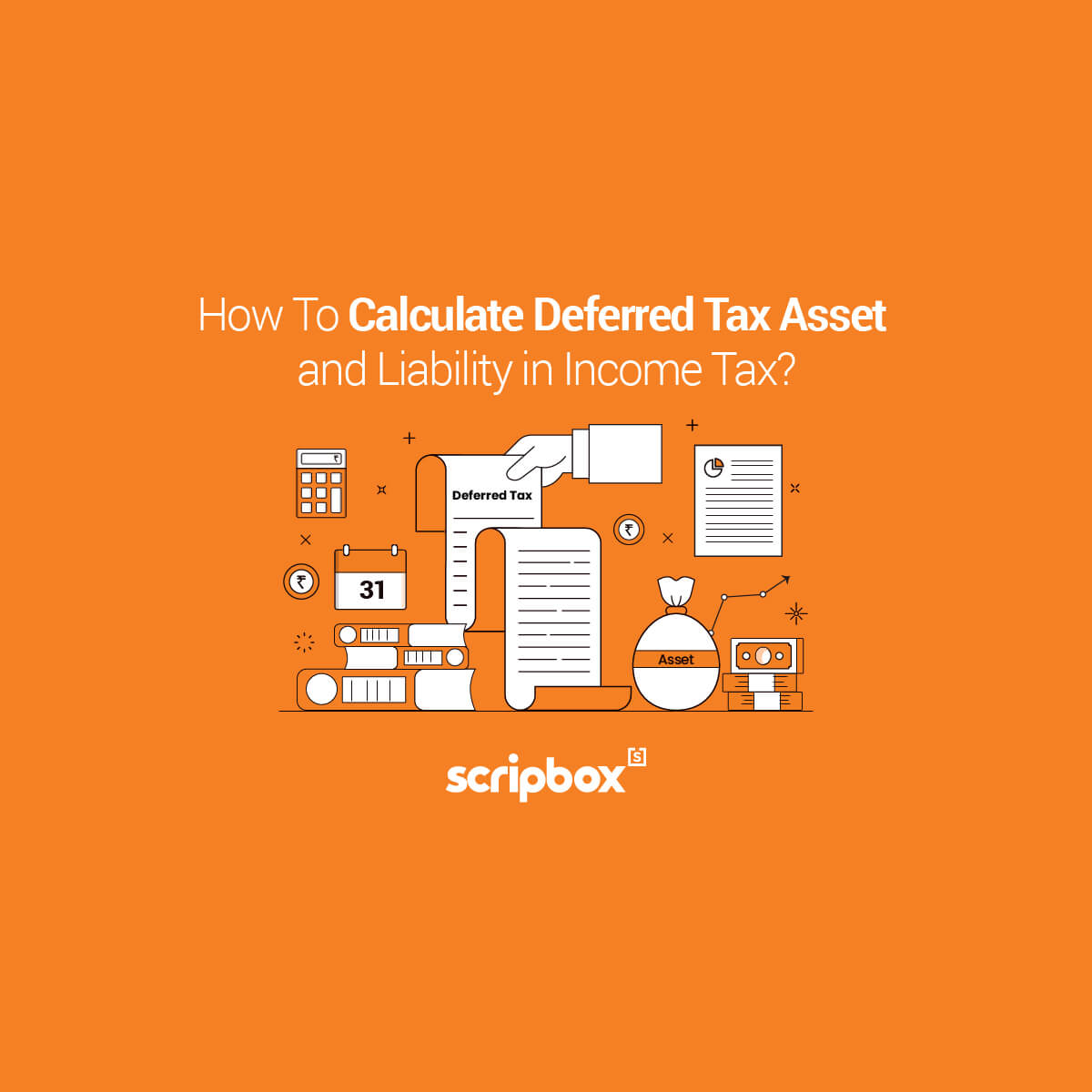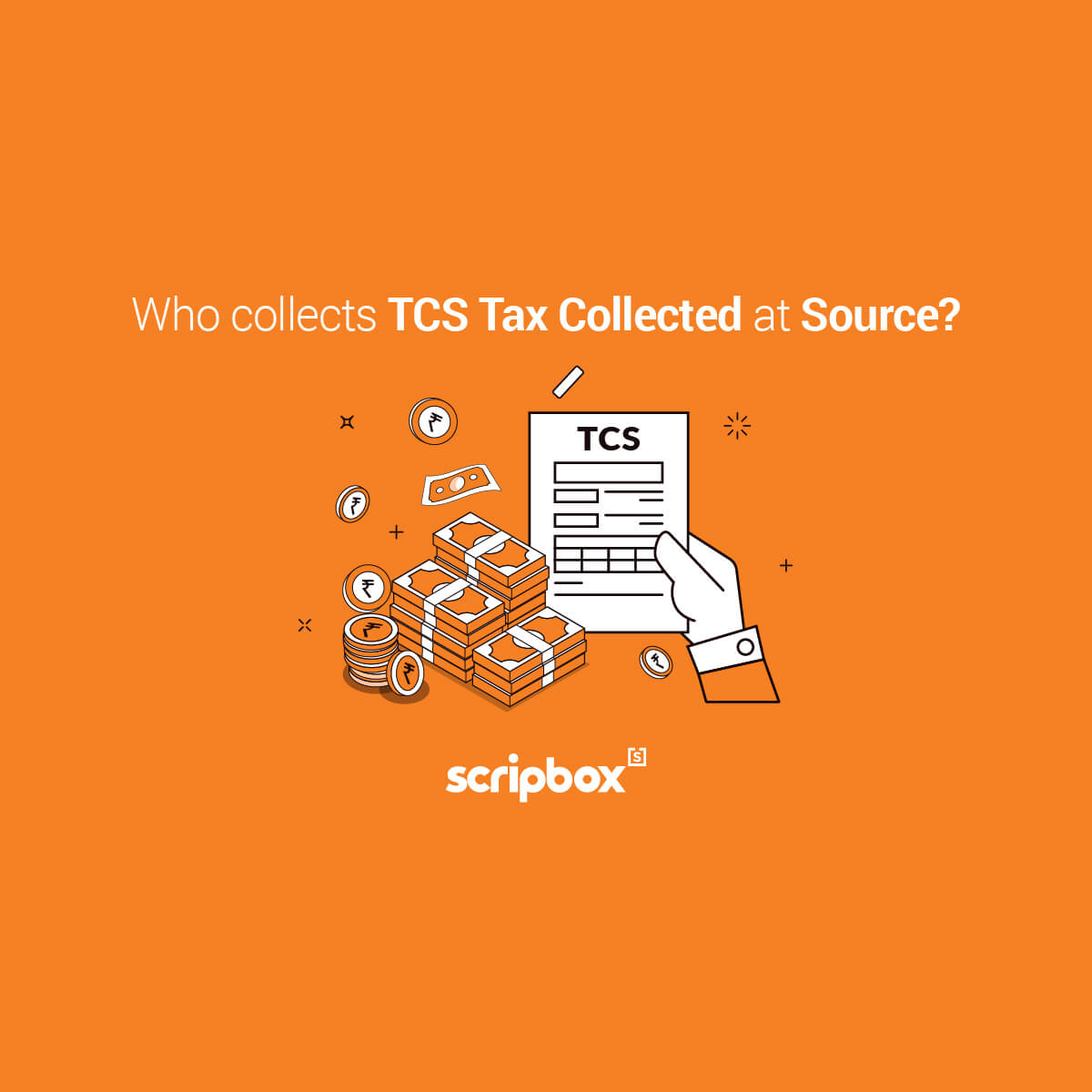Being a salaried employee you must have heard about dearness allowance as part of your salary. Your salary comprises a basic fixed salary and a few allowances. The total of basic pay and allowances make up your take-home salary. It is an incentive given as an adjustment for the cost of rising inflation.
What is Dearness Allowance?
Dearness allowance is a cost-of-living adjustment paid by the government to government employees and pensioners. To keep up with rising prices, government employees’ effective salaries must be improved on a regular basis. Despite the government’s efforts to limit inflation, only partial success has been achieved because prices fluctuate according to market conditions. As a result, it is critical for the government to protect its employees against the negative impacts of inflation. The effect of inflation varies according to the employee’s location. As a result, DA differs depending on whether a person works in an urban, semi-urban, or rural area.
What are the Types of Dearness Allowance?
Industrial Dearness Allowance (IDA)
IDA is applicable to public sector employees of the Central Government. To compensate for the rising cost of inflation, IDA is revised quarterly by the Central Government. The quarterly revision is based on the consumer price index. The Central Government has increased the IDA by 5% for the public sector.
Variable Dearness Allowance (VDA)
VDA is applicable to the employees of the Central Government. Unlike the IDA, VDA is subject to a revision every six months. Such a revision is according to the consumer price index to offset the impact of the cost of inflation. VDA comprises three components namely, base index, consumer price index, and prefixed variable DA. The base index is fixed for a specific period of time. The consumer price index changes every month and impacts the viable allowance accordingly. The variable DA is prefixed by the Central Government. This component does not change until and unless the Central Government changes the basic minimum wages.
How to Calculate Dearness Allowance?
After 2006, the Central Government changed the formula for the calculation of dearness allowance. The following is the calculation for central government employees, public sector employees, and pensioners.
Central Government Employees
Dearness Allowance % = ((Average of AICPI (Base Year 2001=100) for the past 12 months -115.76)/115.76) *100
Public Sector Employees
Dearness Allowance % = ((Average of AICPI (Base Year 2001=100) for the past 3 months -126.33)/126.33) *100
Pensioners
With every rollout of a new salary structure by the pay commission, the pension amount for retired public-sector employees is revised as well. Similarly, every time the dearness allowance is increased, such a change is reflected in the pension amount of pensioners. This change is applicable to a regular pension as well as a family pension.
What is the Consumer Price Index?
The consumer price index, or CPI, is a metric for measuring inflation. CPI is a measure of retail inflation that collects data on the prices of products and services consumed by the country’s retail population. The CPI definition is an increase in the price level of a specific basket of goods and services over a specific time period. It’s a macroeconomic metric for calculating inflation. It is utilized by central and state governments, as well as the Reserve Bank of India to ensure money supply and price stability.
Tax Treatment of Dearness Allowance
The component of dearness allowance is taxable in the hands of the employee under the head salaries. While filing the income tax return, the taxpayer must mention it separately. In Form 16, you will find the complete breakdown of the salary earned. The taxpayer must refer to Form 16 for an accurate calculation while preparing the ITR.
Role of Pay Commission
Based on the numerous components that make up an employee’s final wage, the pay commission must examine and alter the salaries of public sector employees. As a result, DA is taken into account by Pay Commissions when compiling subsequent pay commission reports. They are responsible for taking into account all factors that contribute to the determination of salaries. This also requires examining and revising the multiplication factor used to calculate DA on a regular basis.
What is the Difference Between DA and HRA?
The dearness allowance and HRA form a part of the salary payable to an employee. Both serve different purposes for the employee. The following are the differences between DA and HRA:
| Parameter | DA | HRA |
| Eligibility | Public sector employees along with Central Government employees are eligible | Public sector as well private sector employees are eligible. Its applicability depends on the employment agreement between the employee and the employer. It is not a mandatory allowance. |
| Objective | To compensate for the rising cost of inflation for the employees | To compensate for the rental accommodation requirement of the employee |
| Calculation | Dearness allowance is calculated as a percentage of the basic salary | House rent allowance is not calculated as a percentage of the basic pay. It is a fixed component forming part of the salary independently. |
| Tax Treatment | Taxable in the hands of the employee. No deduction or exemption is available | Taxable in the hands of the employee. A tax exemption is available to every taxpayer depending on the place they live. Moreover, for the calculation of HRA exemption, basic salary and dearness allowance are taken into consideration. |
Frequently Asked Questions
Yes, dearness allowance is taxable under the head salaries in the hands of the employees. There is no tax exemption against the dearness allowance. It forms a part of the total income from salaries and is taxable at the slab rate.
No, the dearness allowance and HRA are not the same. The dearness allowance is compensation for the cost of inflation mandatorily provided by the Central Government to its public sector employees. On the other hand, HRA is compensation for the rental accommodation requirement of the public as well as private-sector employees. Both are taxable in the hands of the employees. However, HRA is eligible for a tax exemption.
The dearness allowance is reviewed, revised, and granted by the Ministry of Finance, Central Government.
No, dearness allowance is not the same as the special allowance. The special allowance include leave travel allowance, medical allowance, conveyance allowance, and so on. The special allowances are applicable to both public and private sector employees. The amount of special allowance is dependent on the employment agreement and negotiation between the employer and the employee. On the other hand, the dearness allowance is compensation for the cost of inflation mandatorily provided by the Central Government to its public sector employees.
No, dearness allowance is not applicable for private-sector employees. It is applicable to the public sector only.
Related Articles
- Confused if your portfolio is performing right enough to meet your goals?
- How long have you been investing in mutual funds?
- What is your current portfolio size?
- What is your approximate annual household income?
- Your profile does not qualify for a call with a Financial Expert.
- What is Dearness Allowance?
- What are the Types of Dearness Allowance?
- How to Calculate Dearness Allowance?
- What is the Consumer Price Index?
- Tax Treatment of Dearness Allowance
- Role of Pay Commission
- What is the Difference Between DA and HRA?
- Frequently Asked Questions






















Show comments